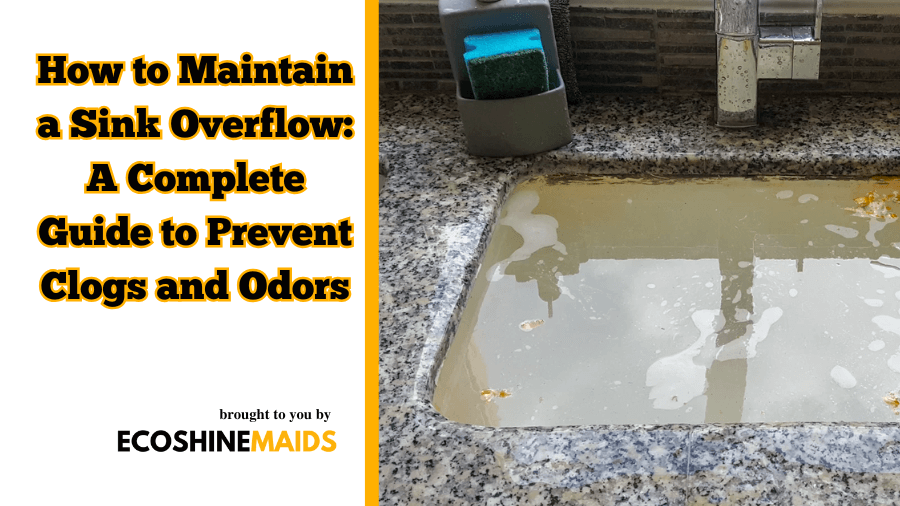Clean a shopping mall is a challenging but essential task that requires planning, the right tools, and a clear strategy. With thousands of people walking through daily, shopping malls are high-traffic spaces that can quickly accumulate dirt, germs, and clutter. Maintaining cleanliness not only ensures a safe and hygienic environment but also enhances the overall shopping experience for visitors. This guide covers everything you need to know about cleaning a mall effectively, from equipment and techniques to detailed steps for managing different areas.
Table of Contents
Why Is Cleaning a Shopping Mall Important?
Shopping malls are hubs of activity, making cleanliness a top priority for both practical and aesthetic reasons. A clean mall is essential for ensuring the health and safety of visitors and staff by preventing the spread of germs and bacteria. Hygienic conditions in restrooms, food courts, and other common areas contribute significantly to customer satisfaction, encouraging visitors to return. Additionally, regular maintenance helps preserve the mall’s infrastructure, including floors, escalators, and glass surfaces, reducing long-term repair costs and enhancing the property’s appeal.
Essential Tools for Cleaning a Shopping Mall
To clean a shopping mall efficiently, you need the right tools and equipment. For floors, automatic scrubbers are invaluable for large areas, while wet mops are perfect for spot cleaning spills. Vacuum cleaners are essential for carpets, especially in retail stores and seating areas. Glass cleaning tools, such as squeegees and specialized cleaning solutions, help maintain spotless windows and glass surfaces. Restrooms require disinfectants, sanitizers, and brushes for deep cleaning, ensuring hygiene and freshness. Trash bags, bins, and recycling containers make waste management more efficient, while larger tools like pressure washers can be used for outdoor areas and parking lots.
Step-by-Step Guide to Cleaning a Shopping Mall
Cleaning a shopping mall involves addressing various areas systematically. Start with the entrance, as it creates the first impression for visitors. Sweep and mop the floors, clean glass doors, and ensure trash bins are regularly emptied. High-traffic areas such as food courts and hallways demand frequent cleaning to maintain a tidy appearance and prevent the buildup of grime. Escalators and elevators should be cleaned daily, focusing on handrails and steps to ensure safety and hygiene.
Restrooms require extra care due to their frequent use. Disinfect all surfaces, mop the floors, and refill soap and paper towel dispensers regularly. A deep clean should be scheduled at least once a week to maintain high standards of hygiene. Retail spaces also need regular attention, including vacuuming carpets, dusting shelves, and cleaning fitting rooms. Food courts should be cleaned multiple times a day, with tables, chairs, and floors sanitized after each use.
Tips for Effective Mall Cleaning
Consistency and attention to detail are crucial for maintaining a clean mall. Assign cleaning schedules for each area, ensuring high-traffic zones receive more frequent attention. Using eco-friendly cleaning products not only ensures safety for visitors but also aligns with sustainability goals, a priority for many malls today. Regular inspections should be conducted to identify and address overlooked areas, ensuring the entire mall remains clean and welcoming.
Comparison Chart: Manual Cleaning vs. Professional Cleaning
| Aspect | Manual Cleaning | Professional Cleaning |
|---|---|---|
| Efficiency | Time-consuming, less thorough | Fast and effective with advanced tools |
| Equipment | Basic tools like mops and buckets | Specialized machines like scrubbers and vacuums |
| Cost | Lower upfront cost, higher long-term effort | Cost-effective with high-quality results |
| Hygiene | Limited germ removal | Comprehensive sanitization |
| Consistency | Varies depending on individual efforts | Professional standards maintained |
Why Mall Cleaning Is a Team Effort
Given the size and complexity of shopping malls, cleaning is never a one-person job. A well-trained cleaning team ensures that different areas are cleaned simultaneously, from restrooms to food courts and outdoor spaces. Collaboration among team members helps in covering larger areas quickly and efficiently, while supervisors ensure quality and adherence to safety standards.
Conclusion
Cleaning a shopping mall requires dedication, the right equipment, and a strategic approach. From maintaining hygiene in restrooms to ensuring high-traffic areas are spotless, every detail contributes to a welcoming and safe environment for visitors. Regular cleaning schedules, eco-friendly practices, and a focus on quality make a significant difference in keeping the mall pristine. Whether you’re managing a retail space in Mississauga, Vaughan, or Toronto, these strategies will help you maintain a clean, inviting space that customers will love to visit.








